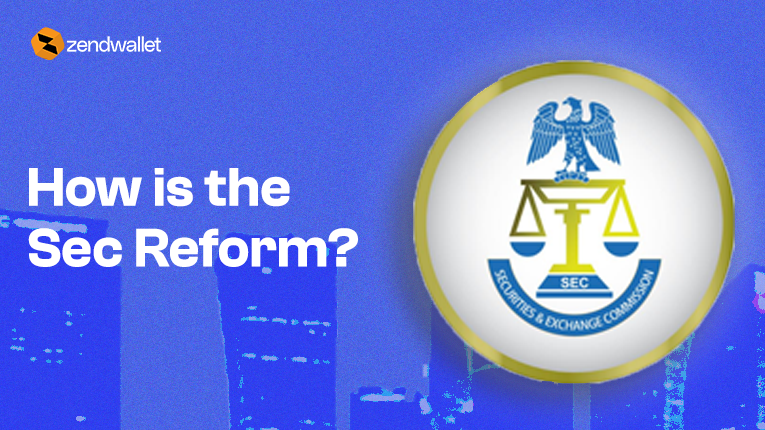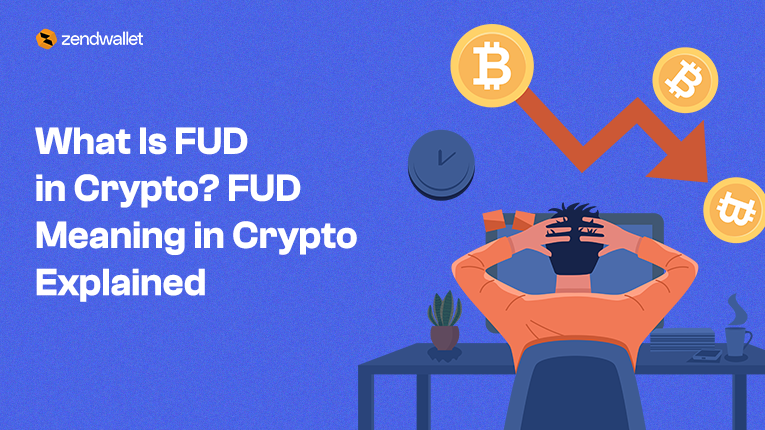SEC reform has become a central focus in the rapidly growing cryptocurrency industry.
As the regulatory body responsible for overseeing securities, the Securities and Exchange Commission (SEC) has introduced reforms aimed at clarifying rules for cryptocurrency exchanges, investors, and blockchain projects.
Its mission is to protect investors, maintain fair, orderly, efficient markets, and facilitate capital formation.
Over time, the SEC has undergone several reforms to adapt to the evolving financial age and address emerging challenges.
These reforms aim to enhance transparency, strengthen investor protection, modernize regulatory frameworks, and improve corporate governance.
The ongoing process of SEC reform is driven by the need to keep up with technological advancements, respond to financial innovations, and ensure market stability.
The SEC seeks to maintain its relevance and effectiveness by implementing these reforms in an ever-changing economic environment.
The Current State of SEC Reform

The Securities and Exchange Commission (SEC) has long played a pivotal role in safeguarding the U.S. securities markets by promoting transparency, fairness, and protecting investors. However, as financial markets have evolved, so have the demands for reform, driven by the rapid growth of new technologies and investment vehicles, including cryptocurrencies.
In response to these changes, there is increasing pressure for the SEC to update its regulations to better match today’s market realities. In this article, we will explore the key areas of SEC reform, the reasons driving these changes, and the potential impact on investors and markets. Also Read:https://www.weforum.org/agenda/2024/05/global-cryptocurrency-regulations-changing/
Historical Context of SEC Refor

The SEC was established in 1934 in response to the stock market crash of 1929 and the ensuing Great Depression.
Its primary mandate was to restore investor confidence in the securities market by enforcing transparency and preventing fraud.
Throughout its history, the SEC has undergone various reforms, often prompted by financial crises and scandals.
Notable legislative milestones include the Sarbanes-Oxley Act of 2002, enacted in response to corporate Accounting scandals, and the Dodd-Frank Act of 2010, following the financial crisis of 2008.
Key Areas of SEC Reform
Enhancing Market Transparency
One of the primary goals of SEC reform is to enhance market transparency. This involves improving the disclosure requirements for publicly traded companies, ensuring that investors have access to accurate and timely information.
Strengthening Investor Protection
Reforms aim to strengthen investor protection by enhancing the oversight of investment advisors and brokers. This includes implementing stricter fiduciary standards to ensure that financial professionals act in the best interests of their clients.
Modernizing Regulatory Frameworks
With the rise of new financial technologies and products, the SEC is focused on modernizing its regulatory frameworks. This includes addressing the challenges posed by cryptocurrencies, digital assets, and algorithmic trading.
Improving Corporate Governance
Reforms also target improving corporate governance practices. This involves enhancing the accountability of corporate boards and executives, ensuring that they act in the best interests of shareholders.
Motivations Behind SEC Reform
Responding to Financial Innovations
The rapid pace of financial innovation necessitates a proactive regulatory approach. The SEC aims to stay ahead of emerging trends and technologies to prevent potential risks to market stability.
Addressing Market Failures
Reforms are often driven by the need to address market failures and prevent future crises. Lessons learned from past financial scandals and crises inform the development of new regulatory measures.
Enhancing Global Competitiveness
In an increasingly globalized financial market, the SEC aims to enhance the competitiveness of U.S. markets.
This involves aligning regulatory standards with international best practices while maintaining a high level of investor protection.
Potential Impacts of SEC Reform
1. Increased Compliance Costs
One potential impact of SEC reform is the increased compliance costs for companies. Stricter disclosure requirements and enhanced oversight may require companies to invest more in their compliance programs.
2. Improved Investor Confidence
Enhanced transparency and investor protection measures are likely to boost investor confidence in the markets. This can lead to increased participation and investment in the securities market.
3. Market Stability and Integrity
By addressing emerging risks and enhancing regulatory frameworks, SEC reforms aim to ensure the stability and integrity of financial markets. This can help prevent future crises and maintain the trust of investors.
Conclusion
SEC reform is a dynamic and ongoing process, driven by the need to adapt to changing market conditions and emerging risks.
By enhancing market transparency, strengthening investor protection, modernizing regulatory frameworks, and improving corporate governance, the SEC aims to create a more resilient and competitive securities market.
As these reforms take shape, their impacts will be closely watched by market participants, policymakers, and investors alike.
What is the US Securities and Exchange Commission Responsible For



